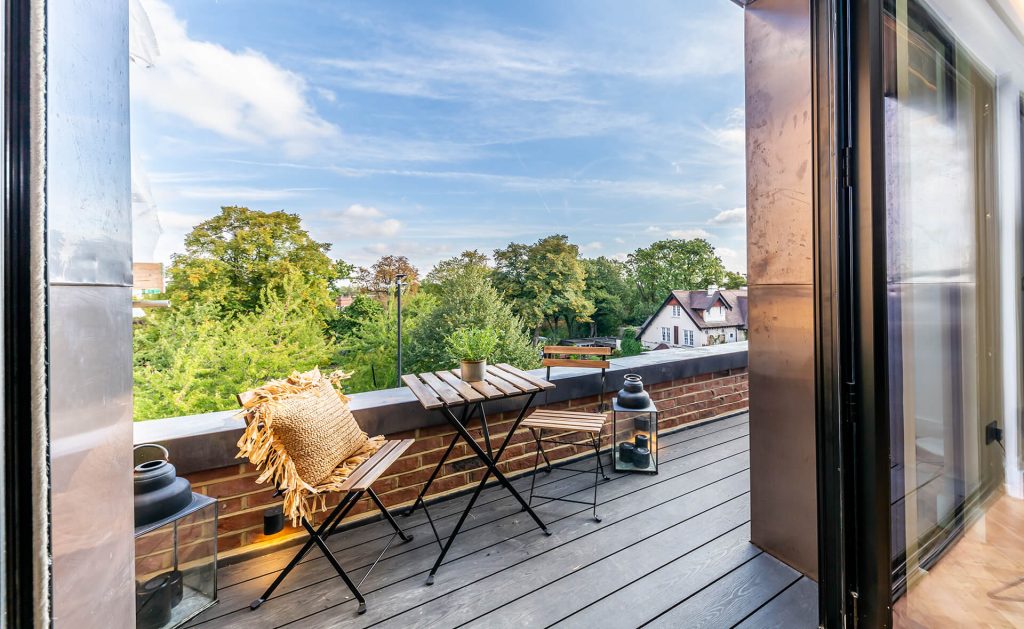
Debunking 5 Common Myths About Airspace Development
As an increasingly popular way to create more high-quality residential living space, airspace development has seen a lot of interest in the last few years.
This has led to significant enthusiasm around the practice, especially in London where land for new developments is scarce and expensive. At London Penthouse, we specialise in transforming roof spaces for this exact purpose, and can help to debunk the common myths about airspace development.
See below for five common misconceptions and discover just how positive this type of development can be for everyone.

Myth 1: Existing residents experience upheaval and disruption
When any new development gets underway, there will be a certain amount of disruption to the site. However, considering that much of the work for airspace development is centred around the roofspace of a building, there is far less upheaval for existing residents than you might think. When compared to traditional builds in densely populated areas of London, there’s a huge difference.
This is especially true when using our services at London Penthouse, as in some cases we may be able to construct the majority of the project off-site, through modular construction. This significantly reduces the amount of work being done at the site itself when you partner with us, as specialists in airspace development.
In some cases, where construction can’t be done off site, developers such as ourselves will take measures to minimise inconvenience to existing residents, such as scheduling any impact works during off-peak hours and providing advanced and sufficient notice.
Myth 2: It’s difficult to get approval for airspace development
Sometimes it can be difficult to attain planning permission, but here at London Penthouse we work with specialist planning consults, putting a lot work into making sure the design fits into the surrounding community, making it attractive to the local council planners. Plus, we also take on all the risk, meaning that freeholders don’t bare any of the cost in the rare event that the planning application is not accepted.
Myth 3: The quality of the building will be diminished
Airspace development is carried out with the precise aim of ensuring that the building is enhanced. Not only should the extended residential roof space be an improvement to the building overall, but a serious developer will also refresh and update the interior and communal spaces for the building.
The extent of this additional work is something that can be discussed, but it’s always in everyone’s interest to fully maximise the potential of the whole building for everyone. That means high-quality craftsmanship and materials throughout the process.
Myth 4: Leaseholders don’t benefit in any way
When airspace development on a building has been completed, it’s easy to see how the freeholder benefits, since the property has been expanded with more saleable assets.
But how does an existing leaseholder benefit? There are several ways. Firstly, they benefit from the additional work carried out to improve the building overall, either for themselves if they live in the flat they own or through the increase in the value of their property if they rent it out to tenants.
The other way that leaseholders benefit is that, not only do the upgrades and maintenance works eliminate some future costs, but the cost of maintenance and future work on the building will also now be shared by even more units, often making service charges less expensive.
Myth 5: Every building is suitable for airspace development
As essential as airspace development is for the future of housing within the capital, it cannot be applied to all buildings. Even if you believe your building has adequate roof space, a thorough assessment needs to be performed to understand whether the project is feasible. Certain structural requirements have to be met, along with other considerations we’ve highlighted in a previous article, which is why you need a developer with experience that you can trust.
If you want to find out if your roof space is suitable for airspace development then our team is always happy to hear from you.
Enquire online or call us to arrange for a site survey and valuation.



